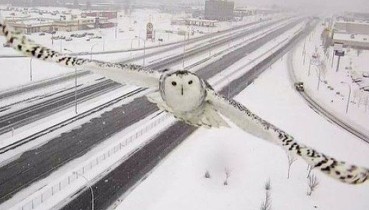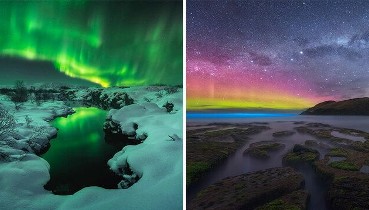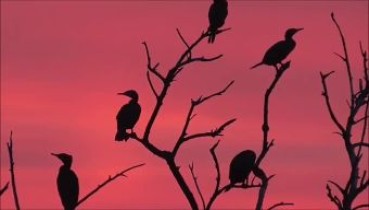
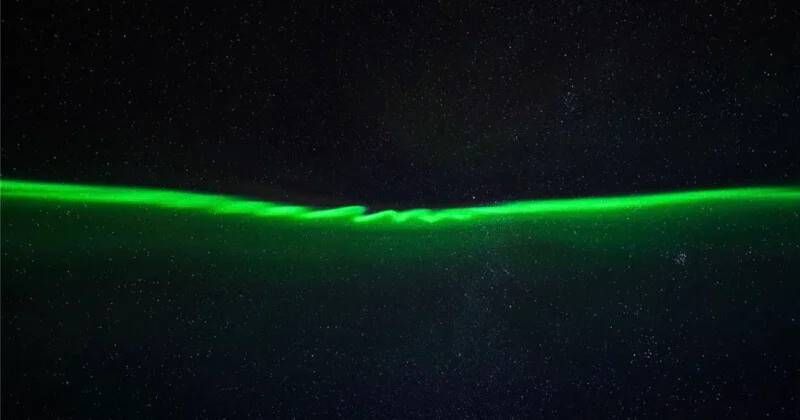
Photographer Captures Ultra-Rare ‘Aurora Curl’
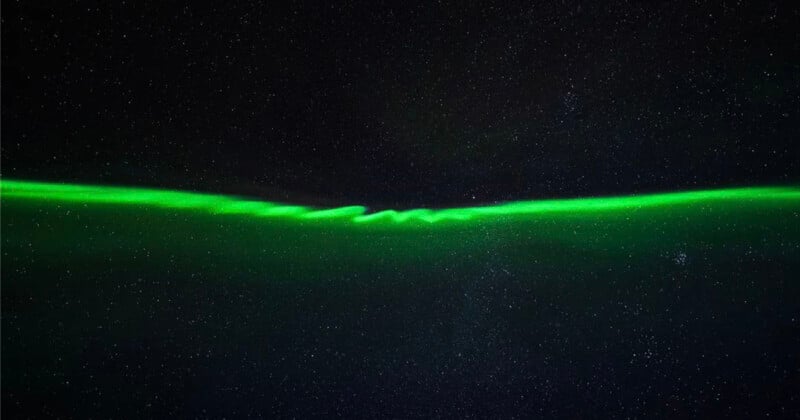
The aurora tends to show itself as shapeless illuminations that dance and swirl but one photographer in Iceland recently looked up and saw the northern lights being “curled” in a highly unusual way.
This ultra-rare phenomenon is still being studied but scientists believe that what Jeff Dai captured over a volcanic crater is Earth’s magnetosphere rippling like a guitar string — illustrated by the aurora borealis.
Dai says that he witnessed the aurora curls for “several minutes” taking spellbinding video where the green light looks visually similar to a heart monitor in a hospital.
“Imagine that Earth’s magnetic field is like a guitar string,” says Xing-Yu Li of Peking University’s Institute of Space Physics and Applied Technology. “In Jeff Dai’s picture we are seeing vibrations in that string.”
SpaceWeather explains that usually this type of magnetic pulsation can only be seen as a squiggle on a chart recorder. However, Dai captured energized particles from space caught up in the rippling geomagnetic field which caused it to glow with auroral light making it visible as a wave in the night sky.
It is exceptionally rare to see such an occurrence, the magnetic tremors that Dai captured were not picked up by any scientific equipment so there is little else known about the incident.
The magnetic waves are known as ultra-low frequency (ULF) waves and they are most commonly triggered by a gust of radiation from the Sun. These solar winds collide with Earth’s protective shield and can cause the atmosphere to “ring like a bell.”
ULF waves are typically invisible and are only caught by specialized scientific equipment but in rare instances, the solar radiation can penetrate the magnetosphere to create the singular strip of aurora light seen in Dai’s photo.
“It’s still a hot topic for the experts,” Dai writes on his Instagram page. “The specialist told me that the formation of these curl-like structures may be connected with flow shear driven by ultra-low frequency waves.
“These curls are fine structures in the poleward boundary of multiple arcs formed by longitudinal-arranged field-aligned current pairs.”
More of Dai’s work can be found on his Instagram.
Image credits: Photographs by Jeff Dai.
Recommended Videos
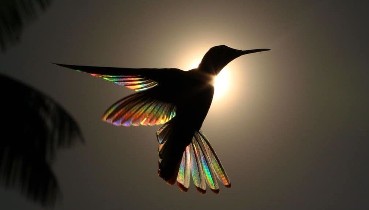 Photographer Celebrates Rainbow Hummingbird Wings in Beautiful Bird Book182 views
Photographer Celebrates Rainbow Hummingbird Wings in Beautiful Bird Book182 views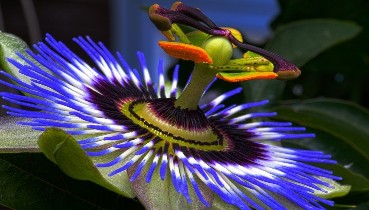 Top 15 Most Exotic Flowers Around The World20 views
Top 15 Most Exotic Flowers Around The World20 views-
Advertisements
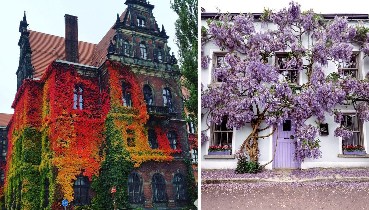 Stunning Flower-Covered Façades142 views
Stunning Flower-Covered Façades142 views 50 People Who Made The Absolute Most Of A Photo With A Statue And Ended Up Online14502 views
50 People Who Made The Absolute Most Of A Photo With A Statue And Ended Up Online14502 views Calla Lily Care – Tips On Growing Calla Lilies230 views
Calla Lily Care – Tips On Growing Calla Lilies230 views These 20+ beautiful floral tattoos are inspired by nature731 views
These 20+ beautiful floral tattoos are inspired by nature731 views Best Bird Photos Of The Year 36071 views
Best Bird Photos Of The Year 36071 views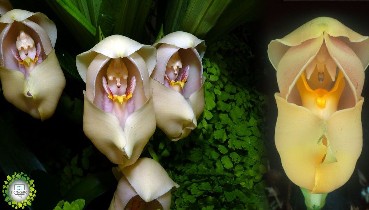 Meet the ‘Cradle of Venus’ Orchid, One of the Most Beautiful Flowers in the World213 views
Meet the ‘Cradle of Venus’ Orchid, One of the Most Beautiful Flowers in the World213 views
